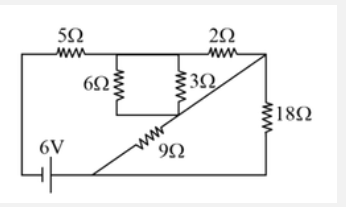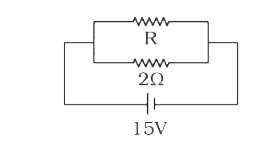Consider four circuits shown in the figure below. In which circuit power dissipated is greatest (Neglect the internal resistance of the power supply)?
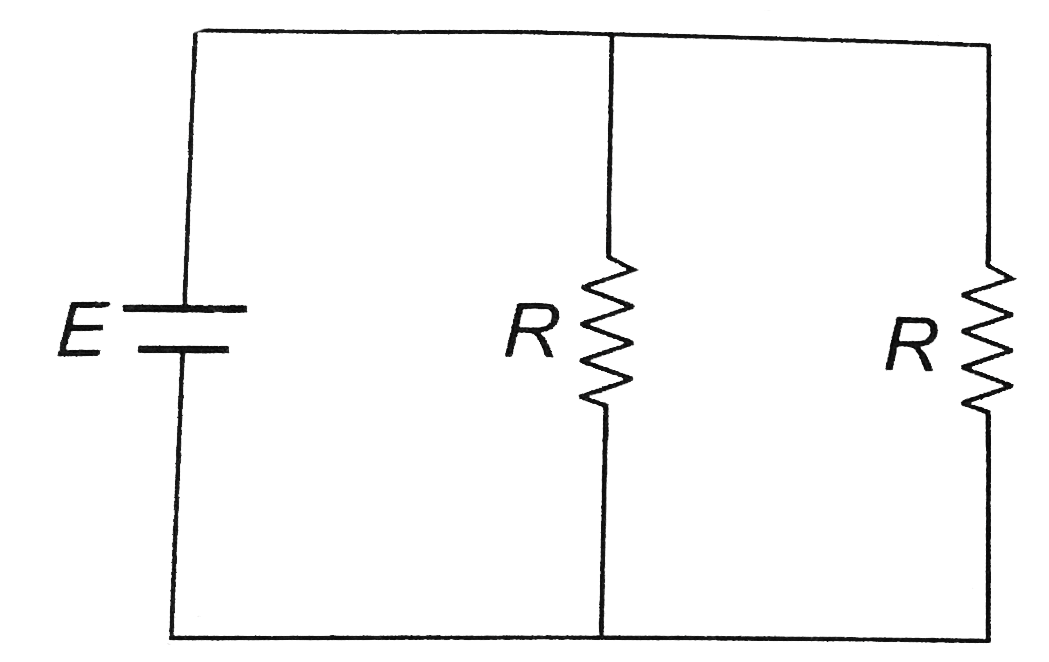

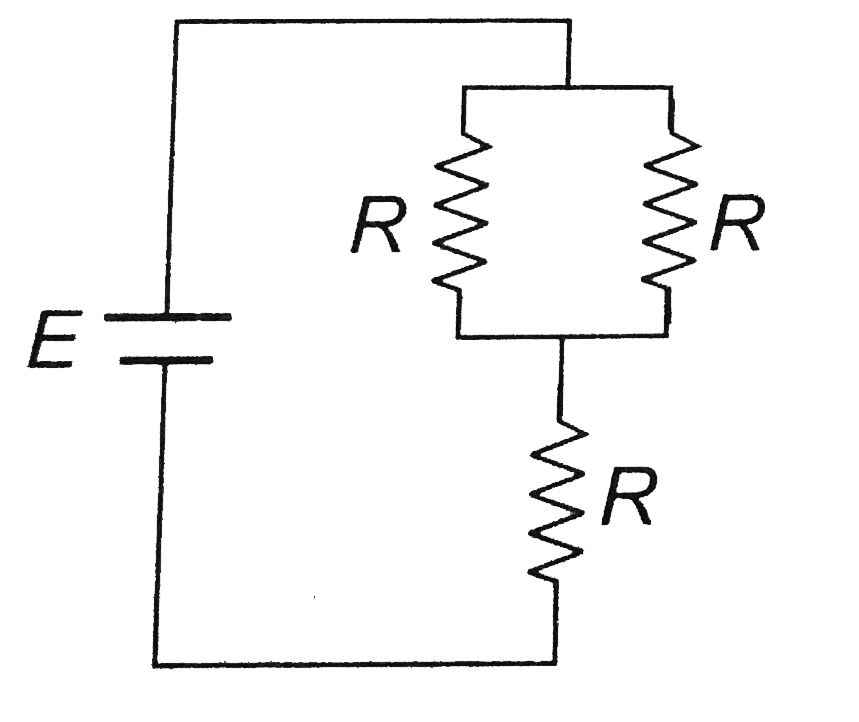
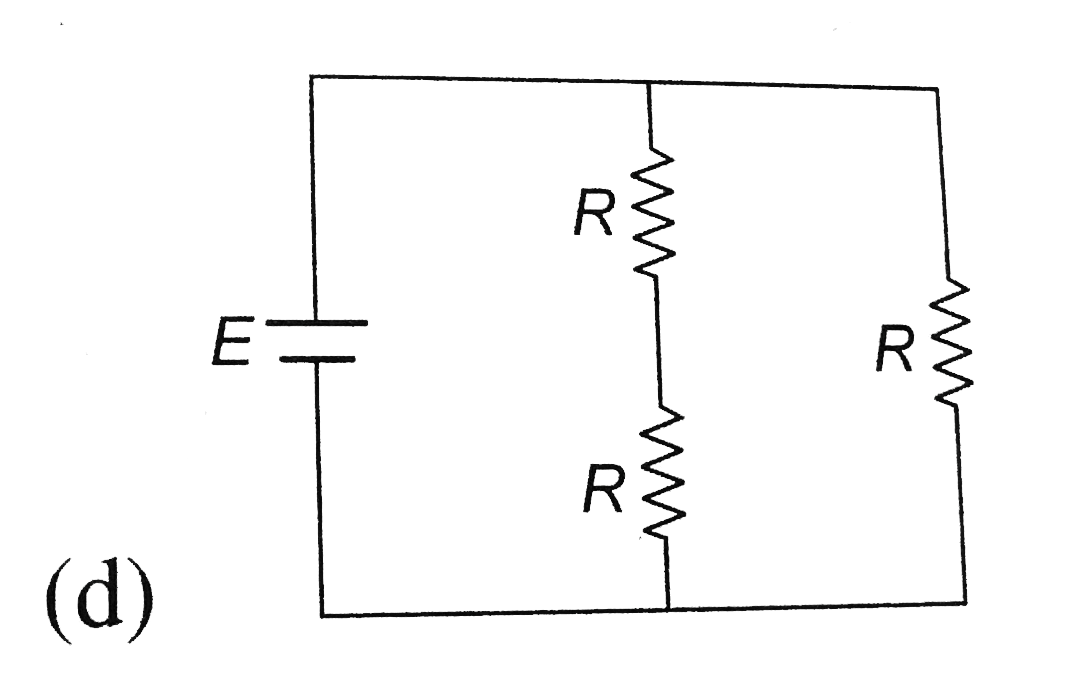
The correct Answer is:A
To determine which circuit dissipates the greatest power, we can use the formula for power dissipation in a circuit, which is given by Joule's law:
P=E2Req
Where:
- P is the power dissipated,
- E is the voltage of the power supply (which is constant for all circuits),
- Req is the equivalent resistance of the circuit.
Since E is constant across all circuits, the power dissipation is inversely proportional to the equivalent resistance. Therefore, to find the circuit with the greatest power dissipation, we need to find the circuit with the minimum equivalent resistance.
1. Analyze Circuit A:
- The two resistors are in parallel.
- The formula for equivalent resistance Req for two resistors R in parallel is:
Req=R⋅RR+R=R22R=R2
2. Analyze Circuit B:
- The two resistors are in series.
- The equivalent resistance is:
Req=R+R=2R
3. Analyze Circuit C:
- The two resistors are in parallel.
- The equivalent resistance is:
Req=R⋅RR+R=R22R=R2
- However, if we consider the arrangement correctly, if they are in series with another resistor, we might need to recalculate based on the configuration.
4. Analyze Circuit D:
- The two resistors are in series, and this combination is in parallel with another resistor.
- The equivalent resistance for the series part is 2R, and now we find the equivalent resistance with the parallel resistor R:
Req=2R⋅R2R+R=2R23R=2R3
5. Compare Equivalent Resistances:
- Circuit A: Req=R2
- Circuit B: Req=2R
- Circuit C: Req=R2 (if in parallel)
- Circuit D: Req=2R3
6. Determine the Minimum Req:
- The equivalent resistances are:
- Circuit A: R2
- Circuit B: 2R
- Circuit C: R2
- Circuit D: 2R3
- The minimum equivalent resistance is R2 from Circuit A and Circuit C.
7. Conclusion:
- Since both Circuit A and Circuit C have the same minimum equivalent resistance, they will dissipate the greatest power. However, if we are to choose one based on the problem statement, we can conclude that Circuit A is the answer.
Final Answer:
Circuit A dissipates the greatest power.
- P is the power dissipated,
- E is the voltage of the power supply (which is constant for all circuits),
- Req is the equivalent resistance of the circuit.
- The two resistors are in parallel.
- The formula for equivalent resistance Req for two resistors R in parallel is:
Req=R⋅RR+R=R22R=R2
- The two resistors are in series.
- The equivalent resistance is:
Req=R+R=2R
- The two resistors are in parallel.
- The equivalent resistance is:
Req=R⋅RR+R=R22R=R2
- However, if we consider the arrangement correctly, if they are in series with another resistor, we might need to recalculate based on the configuration.
- The two resistors are in series, and this combination is in parallel with another resistor.
- The equivalent resistance for the series part is 2R, and now we find the equivalent resistance with the parallel resistor R:
Req=2R⋅R2R+R=2R23R=2R3
- Circuit A: Req=R2
- Circuit B: Req=2R
- Circuit C: Req=R2 (if in parallel)
- Circuit D: Req=2R3
- The equivalent resistances are:
- Circuit A: R2
- Circuit B: 2R
- Circuit C: R2
- Circuit D: 2R3
- Since both Circuit A and Circuit C have the same minimum equivalent resistance, they will dissipate the greatest power. However, if we are to choose one based on the problem statement, we can conclude that Circuit A is the answer.
Circuit A dissipates the greatest power.
Topper's Solved these Questions
- BOOK - A2ZCHAPTER - CURRENT ELECTRICITYEXERCISE - Problems Based On Mixed Concepts34videos
CURRENT ELECTRICITY
- BOOK - A2ZCHAPTER - CURRENT ELECTRICITYEXERCISE - Section - A1videos
CURRENT ELECTRICITY
- BOOK - A2ZCHAPTER - CURRENT ELECTRICITYEXERCISE - Potentiometer And Meter Bridge45videos
CURRENT ELECTRICITY
- BOOK - A2ZCHAPTER - ATOMIC PHYSICSEXERCISE - Section D - Chapter End Test30videos
ATOMIC PHYSICS
- BOOK - A2ZCHAPTER - DUAL NATURE OF RADIATION AND MATTEREXERCISE - Section D - Chapter End Test30videos
DUAL NATURE OF RADIATION AND MATTER
Similar Questions
Knowledge Check
- Question 1 - Select One
The power factor of the circuit shown in the figure is
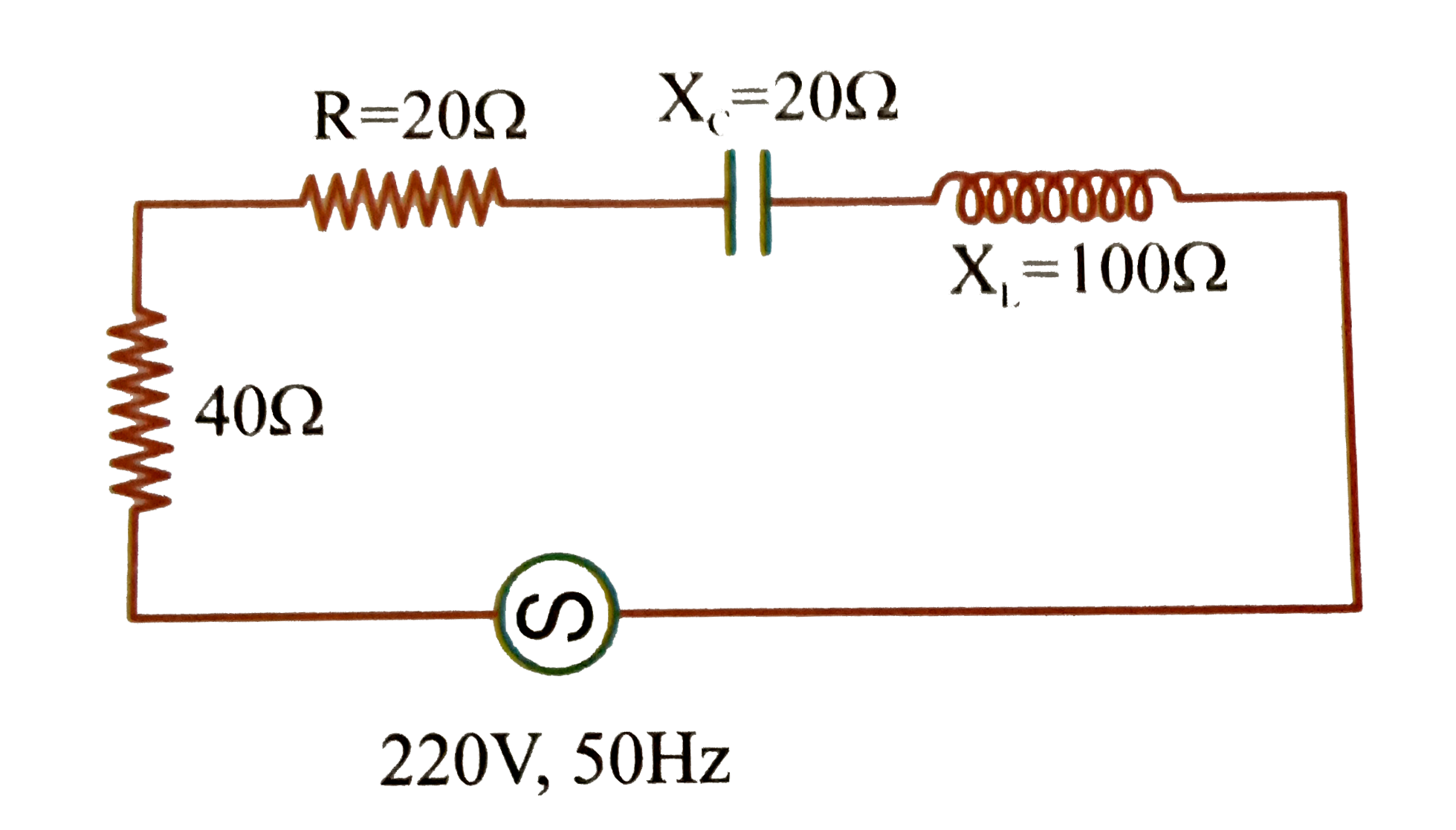 A0.4B0.2C0.8D0.6
A0.4B0.2C0.8D0.6 - Question 2 - Select One or More
In the circuit shown in figure, power generated in
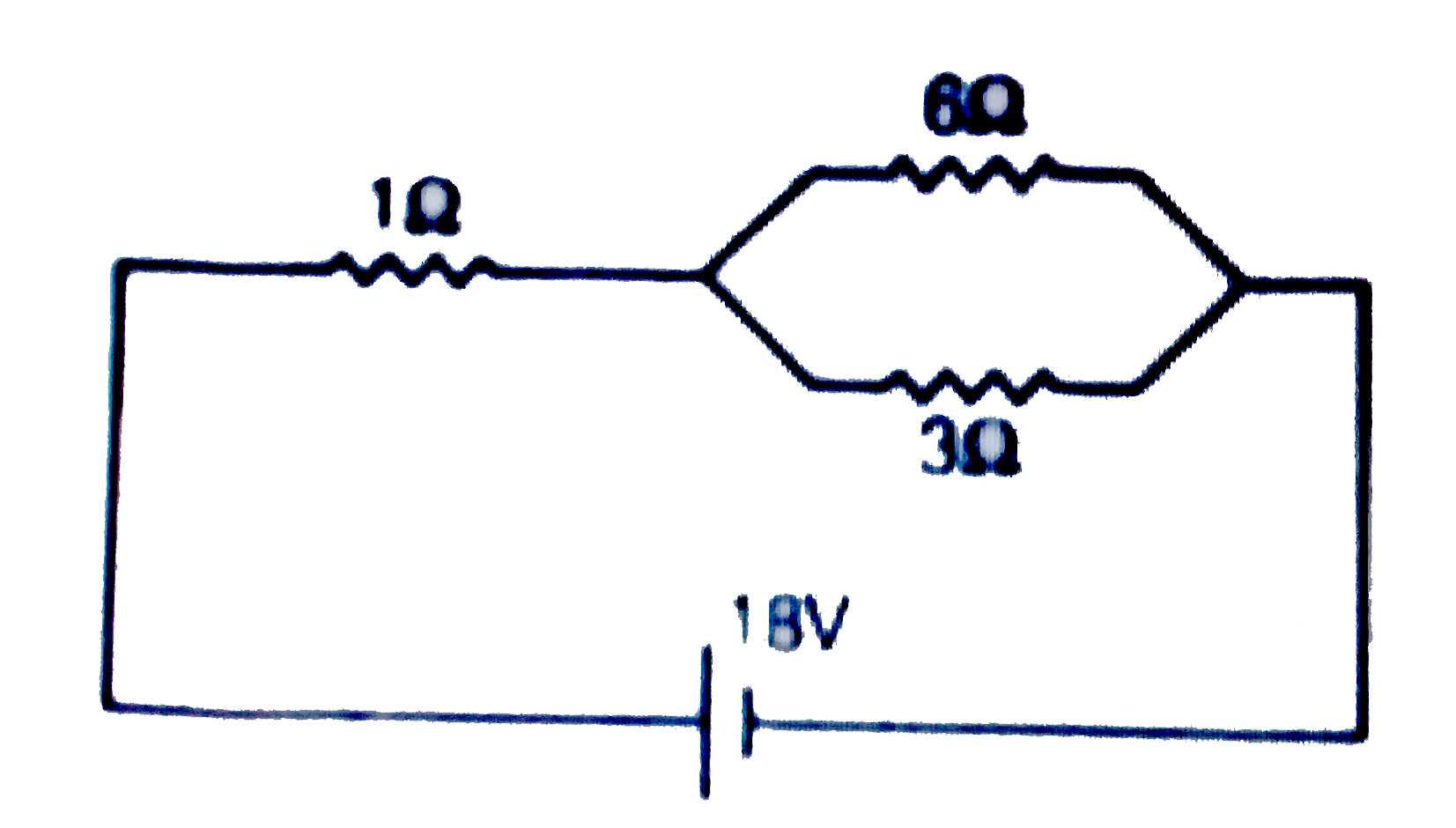 A1Ω resistance is maximumB3Ω resistance is maximumC1Ω resistance is minimumD6Ω resistance is minimum
A1Ω resistance is maximumB3Ω resistance is maximumC1Ω resistance is minimumD6Ω resistance is minimum - Question 3 - Select One
If in the circuit, power dissipation is 150W, the R is
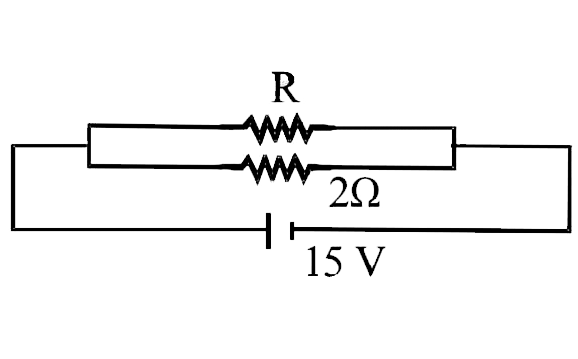 A2ΩB6ΩC5ΩD4Ω
A2ΩB6ΩC5ΩD4Ω
Barretter B is a conductor whose idealized characteristic. The barretter is connected in series with a resistor of resistance R to a power supply of e.m.f. ε. Find the current in the circuit and the voltage drop across the barretter and the resistor. Neglect the internal resistance of the power supply.
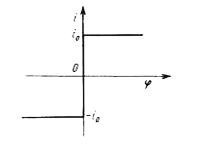 View Solution
View SolutionThe power dissipated (in watt) in 3Ω resistance in the following circuit is
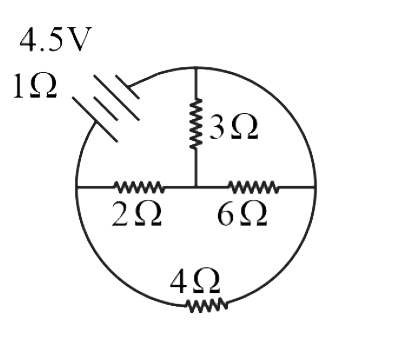 View Solution
View Solution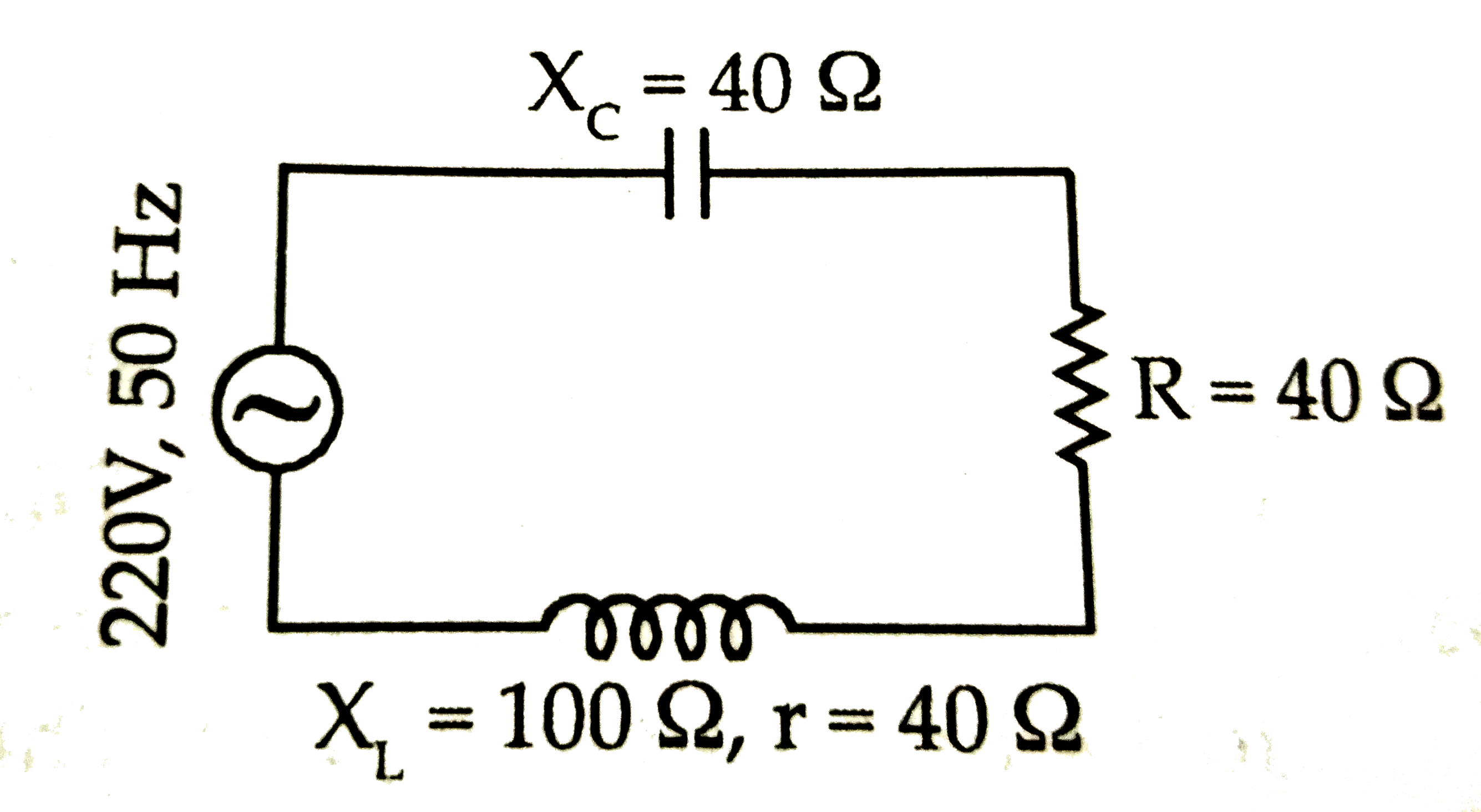
The power factor of the circuit shown in figure isView SolutionFind the power factor of the circuit shown in figure.
 View Solution
View SolutionThe power factor of the circuit as shown in figure is
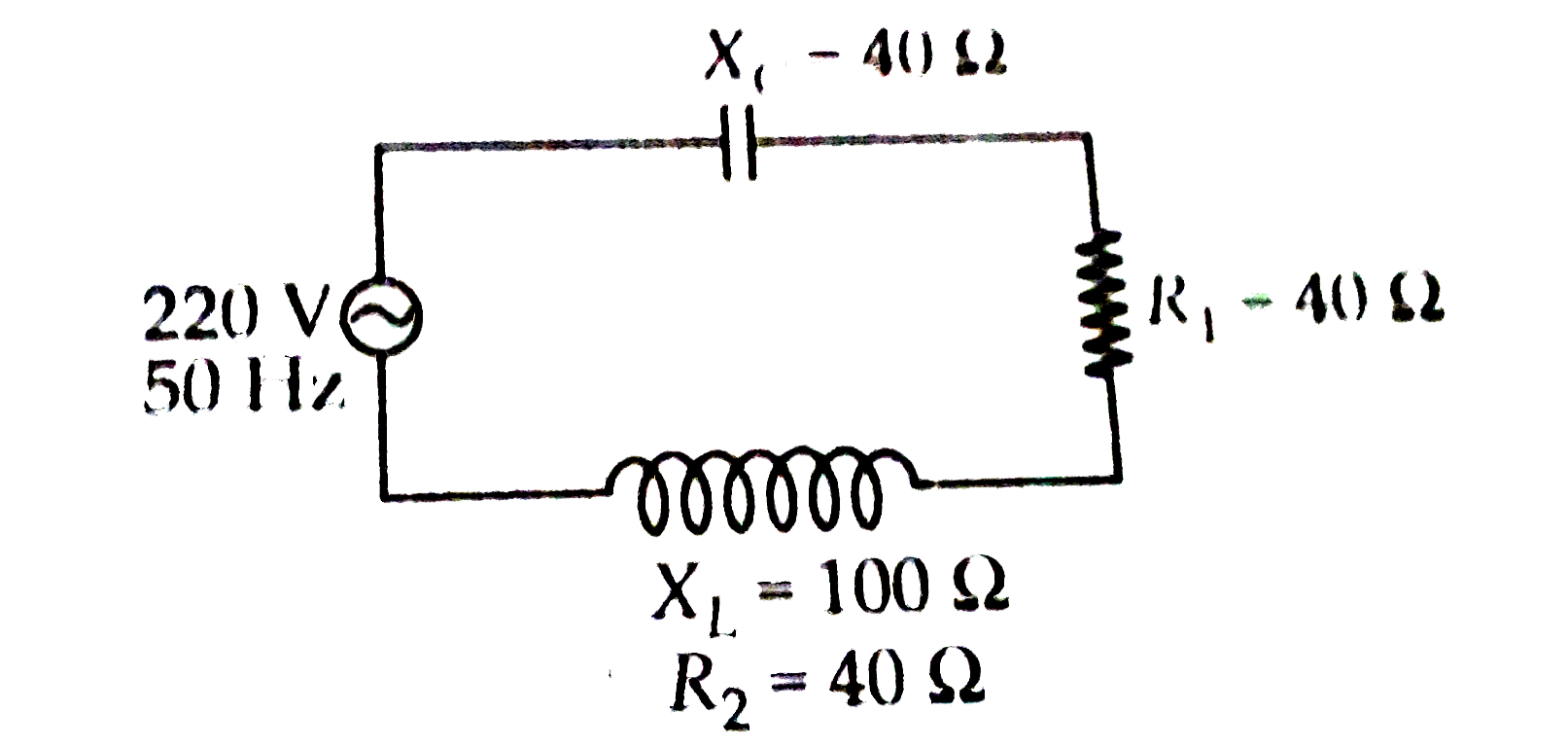 View Solution
View Solution


